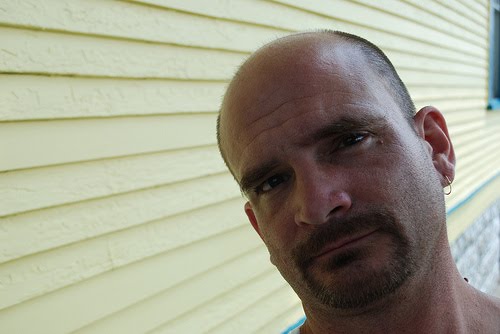
"I produced the substance as a medicine. ... It's not my fault if people abused it," he once said.
The Swiss chemist discovered lysergic acid diethylamide-25 in 1938 while studying the medicinal uses of a fungus found on wheat and other grains at the Sandoz pharmaceuticals firm in Basel.
He became the first human guinea pig of the drug when a tiny amount of the substance seeped onto his finger during a laboratory experiment on April 16, 1943.
"I had to leave work for home because I was suddenly hit by a sudden feeling of unease and mild dizziness," he subsequently wrote in a memo to company bosses.
"Everything I saw was distorted as in a warped mirror," he said, describing his bicycle ride home. "I had the impression I was rooted to the spot. But my assistant told me we were actually going very fast."
Upon reaching home, Hofmann began experiencing what he called "wonderful visions."

 My StumbleUpon Page
My StumbleUpon Page
0 comments: